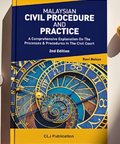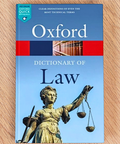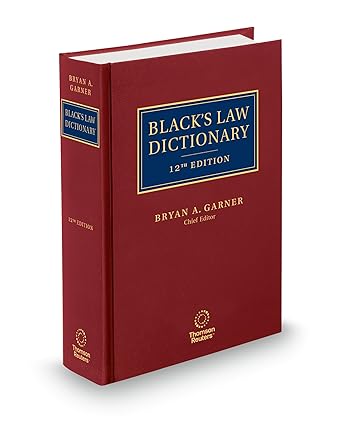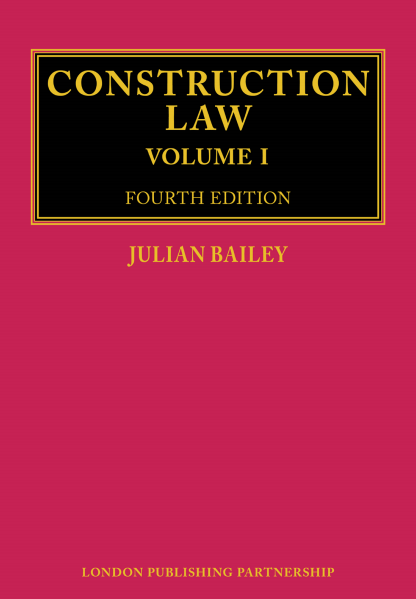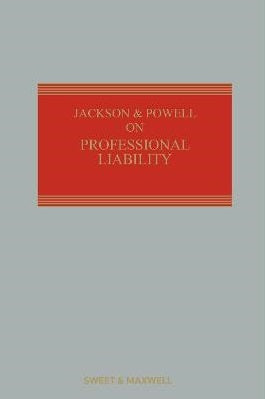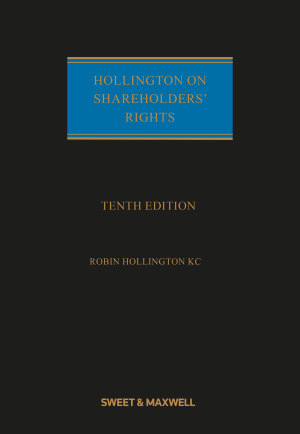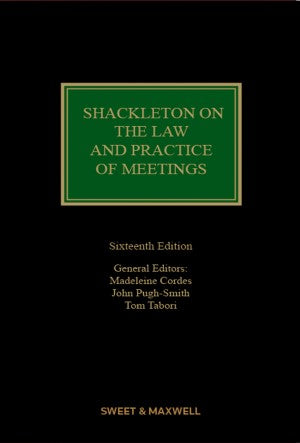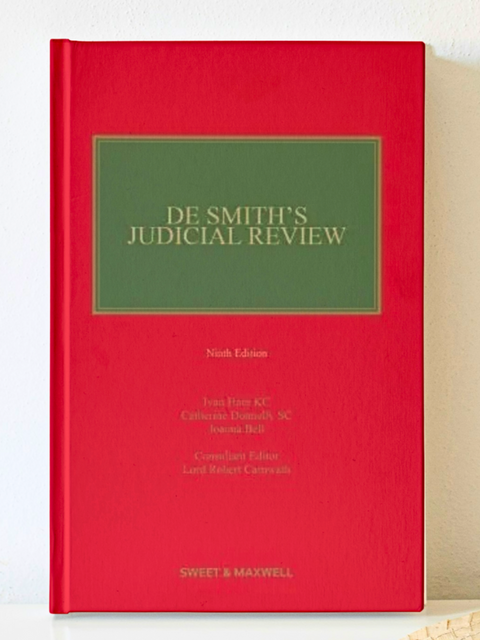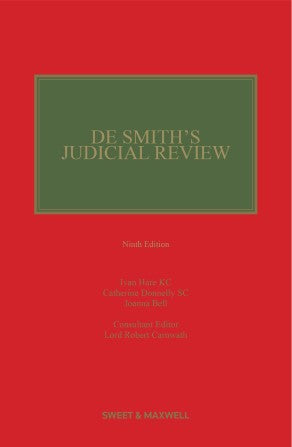


The Law of Estoppel By Michael Barnes QC
The Law of Estoppel By Michael Barnes QC
| Author | Michael Barnes QC |
| Publication Date | 2020 |
| ISBN | 9781509909384 |
|
Format |
Hardcover, 984 pages |
| Publisher | Bloomsbury Publishing |
This text offers an account of all current types of estoppel, including estoppel by record (res iudicata), as well as the connected doctrine of election, in a single volume.
Few practitioners are immune from having to deal with estoppel at some point. Estoppel applies to almost all aspects of English civil law. Each sort of estoppel is explained by first stating the essential factors that must be proven in order to establish the estoppel, and then detailing each aspect with its numerous components. A quick explanation of the estoppel is supplied at the end of each chapter to aid practitioners and others to any question that may arise in a particular situation.
The law of estoppel has progressed significantly in recent decades, with major changes such as the clarification of previously ambiguous boundaries of proprietary estoppel, a statement of exceptions to the principles of res iudicata, and the extension law as well as of fact occurring in the last ten years alone. These and other topics are thoroughly explained.
TABLE OF CONTENTS of The Law of Estoppel
1. Introduction
(A) The Legal and Moral Basis of Estoppel
(B) The Forms of Estoppel and the Doctrine of Election
(C) The Nature and Characteristics of Estoppel
(D) General Factors Common to Estoppels
(E) General Questions of Principle Regarding Estoppel
(F) Terminology
(G) The Historical Basis of Estoppel
(H) The Structure of the Book
2. General Questions Relating to Estoppel
(A) Introduction
(B) Sword or Shield
(C) Evidence or Substantive Law
(D) Public Law
(E) Estoppel and Jurisdiction
(F) Estoppel: Conflict with Statutory Provisions and Other Rules of Law
(G) A Uniform Doctrine
(H) Waiver
(I) Estoppel and Third Parties
3. Estoppel by Representation
(A) Introduction
(B) The Essential Elements of the Estoppel
(C) The Representation
(D) The Intention of the Representor
(E) Injustice or Unconscionability: Its Components of Reliance and Detriment
(F) The Effect of the Estoppel
(G) Contractual Estoppel
4. Estoppel by Deed
(A) Introduction
(B) Deeds
(C) The First Aspect of Estoppel by Deed: Its Essential Requirements
(D) The Second Aspect of Estoppel by Deed: Interests in Land Created
(E) Summary
5. Estoppel by Convention
(A) The Nature and Basis of the Estoppel
(B) The Development of the Estoppel
(C) The Main Elements of the Estoppel
(D) The First Element: Assumed State of Fact or Law
(E) The Second Element: A Shared Assumption
(F) The Third Element: Injustice or Unconscionability
(G) The Effect of the Estoppel
(H) Summary
6. Promissory Estoppel
(A) The Principle and its Development
(B) The Essential Elements of the Estoppel
(C) The Place of Promissory Estoppel in the Law
(D) Permanent or Suspensory Effect
(E) A Clear Promise
(F) Rights under an Existing Transaction
(G) Injustice or Unconscionability
(H) Summary
7. Proprietary Estoppel
(A) Introduction
(B) The Nature and Status of the Principle
(C) The Essential Elements of the Estoppel
(D) The First Element: The Assurance
(E) The Second Element: Reliance
(F) The Third Element: Detriment
(G) The Fourth Element: Unconscionability
(H) Property Other Than Land
(I) Form of Relief or Remedy
(J) Summary
8. Election
(A) Introduction
(B) Equitable Election
(C) Common Law Election
(D) Summary
9. Estoppel by Record
(A) Introduction
(B) Judgments
(C) Cause of Action Estoppel
(D) Issue Estoppel
(E) Parties and Privies
(F) Particular Areas of Law
(G) Courts and Tribunals
(H) Foreign Judgments
(I) Exceptions
(J) The Rule in Henderson v Henderson
(K) Summary
Find more books like The Law of Estoppel: All books
Latest releases
Get your copy today!




